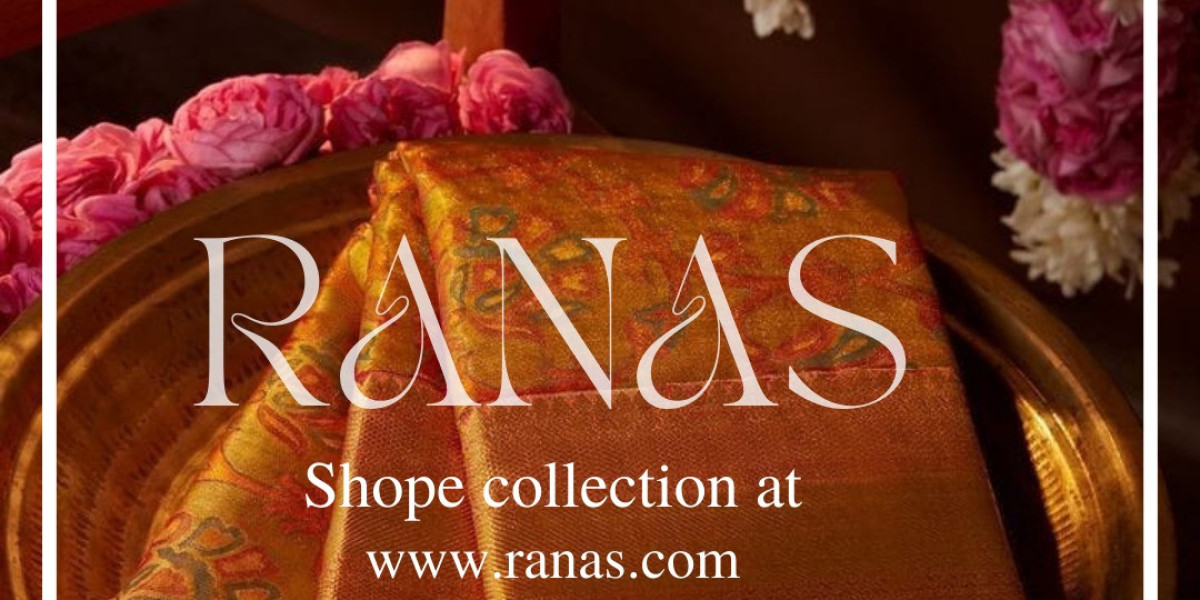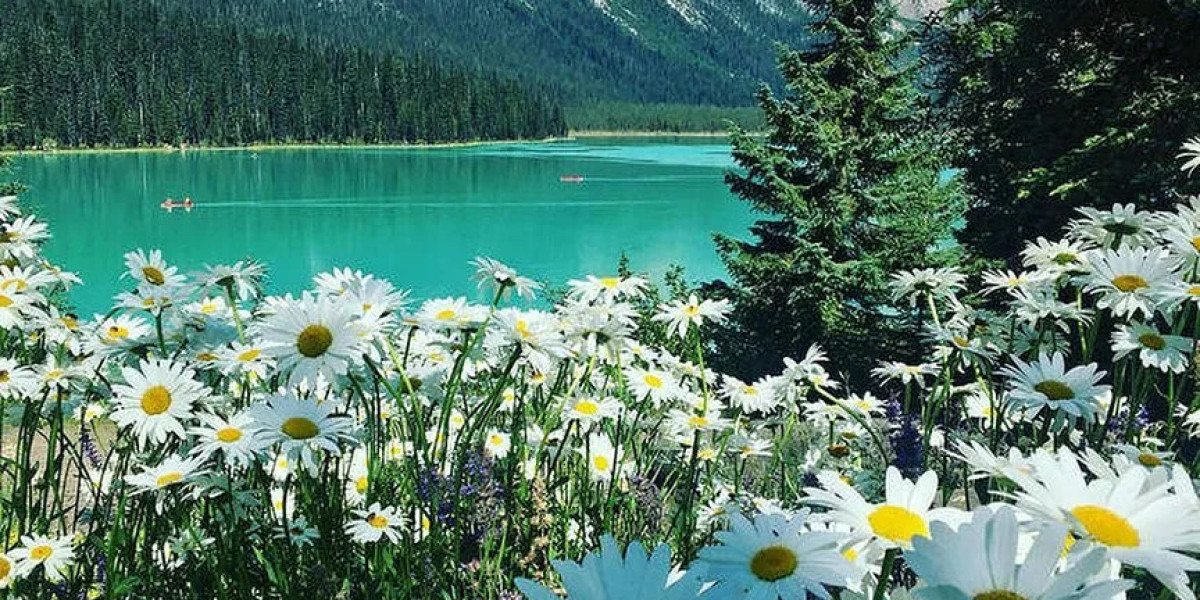The term "Rajasthani Poshak" immediately evokes images of vibrant colors, intricate embroidery, and timeless elegance. Rooted in the rich cultural heritage of Rajasthan, India, the Rajasthani Poshak is much more than just traditional attire; it is a symbol of heritage, identity, and artistry woven into every stitch. In this comprehensive exploration, we delve into the history, significance, design elements, and modern interpretations of this iconic garment.
Historical Roots and Cultural Significance
The history of the Rajasthani Poshak dates back centuries, reflecting the amalgamation of various influences that have shaped Rajasthan's cultural landscape. Known for its royal patronage and artistic finesse, Rajasthani attire has evolved over time, blending indigenous styles with external influences from Mughal, Persian, and even European designs.
Traditionally, the Poshak was worn by women across different communities in Rajasthan, each with its unique variations and embellishments. It served as more than just clothing; it was a statement of social status, marital status, and regional identity. The intricate embroidery, vibrant hues, and luxurious fabrics were all indicative of a woman's place in society and her cultural affiliations.
Design Elements and Varieties
The Rajasthani Poshak is characterized by several distinct design elements that set it apart from other traditional attire in India. These elements vary based on the wearer's community, occasion, and personal preferences, resulting in a diverse range of styles within the broader category of Rajasthani attire.
Lehenga or Ghagra: The lower garment, often a voluminous skirt, is known as the lehenga or ghagra. It is typically embellished with intricate embroidery, mirror work, and embellishments like gota patti, zari, and zardozi.
Choli or Blouse: The choli is the upper garment worn with the lehenga. It can be short or long-sleeved and is often heavily embroidered or adorned with embellishments to complement the lehenga.
Odhani or Dupatta: The odhani or dupatta is a long scarf or veil that is draped over the head or shoulders. It is also elaborately decorated and adds to the overall elegance of the attire.
Jewelry: Rajasthani Poshak is often accessorized with elaborate jewelry, including necklaces, earrings, maang tikka (forehead ornament), bangles, and anklets. These pieces are crafted with precision and often feature traditional motifs like peacocks, flowers, and geometric patterns.
Colors and Fabrics: The color palette of Rajasthani Poshak is exceptionally vibrant, featuring bold hues like red, orange, pink, green, and blue. Silk, chiffon, georgette, and cotton are some of the common fabrics used, each lending its unique texture and sheen to the attire.
Regional Variations and Specialties
Within Rajasthan, different regions have their distinctive styles of Poshak, each reflecting the local culture, craftsmanship, and historical influences.
Jaipuri Poshak: From the bustling streets of Jaipur emerges the Jaipuri Poshak, known for its bright colors, intricate bandhani (tie-dye) work, and elaborate gota patti embroidery. The leheriya pattern, characterized by diagonal stripes, is a hallmark of Jaipuri attire.
Marwari Poshak: The Marwari community's attire is marked by vibrant hues, heavy embellishments, and a focus on traditional motifs like peacocks, elephants, and floral patterns. The use of mirror work and silk fabrics is prevalent in Marwari Poshak.
Mewari Poshak: Mewar, known for its royal heritage, boasts Poshak designs that are opulent and regal. Rich silks, intricate embroidery, and a preference for deep, jewel-toned colors define Mewari attire, reflecting a legacy of aristocracy and refinement.
Bikaneri Poshak: Bikaner's Poshak style is influenced by its desert surroundings, featuring earthy tones like beige, mustard, and brown. The embroidery often incorporates desert flora and fauna motifs, showcasing the region's natural beauty.
Modern Interpretations and Global Appeal
While the Rajasthani Poshak has deep roots in tradition, it has also undergone modern transformations to cater to contemporary tastes and lifestyles. Designers and artisans have infused innovative elements into traditional designs, creating fusion ensembles that blend Rajasthani aesthetics with modern silhouettes and fabrics.
The global appeal of Rajasthani Poshak has surged in recent years, with fashion enthusiasts and designers worldwide recognizing its beauty and cultural significance. Celebrities and influencers often showcase Rajasthani-inspired outfits at international events, further amplifying its visibility on the global stage.
Preservation and Revival Efforts
As with many traditional crafts, the art of creating Rajasthani Poshak faces challenges in the modern era. Rapid urbanization, changing fashion trends, and the shift towards ready-made garments have posed threats to the traditional artisans and techniques involved in Poshak making.
However, concerted efforts are underway to preserve and revive this cultural treasure. Government initiatives, NGOs, and private organizations are supporting artisans by providing training, market access, and opportunities to showcase their work nationally and internationally. Collaborations between designers and traditional craftsmen have also resulted in innovative collections that blend heritage with contemporary appeal.
Conclusion: A Timeless Legacy
In conclusion, the Rajasthani Poshak represents more than just a garment; it embodies a timeless legacy of artistry, heritage, and cultural pride. From its intricate embroidery to its vibrant colors and regional variations, every aspect of the Poshak tells a story of Rajasthan's rich cultural tapestry.
As we embrace modernity while honoring tradition, the Rajasthani Poshak continues to captivate hearts around the world, bridging the past with the present and ensuring that this exquisite art form endures for generations to come.
For more info:- leheriya sari















